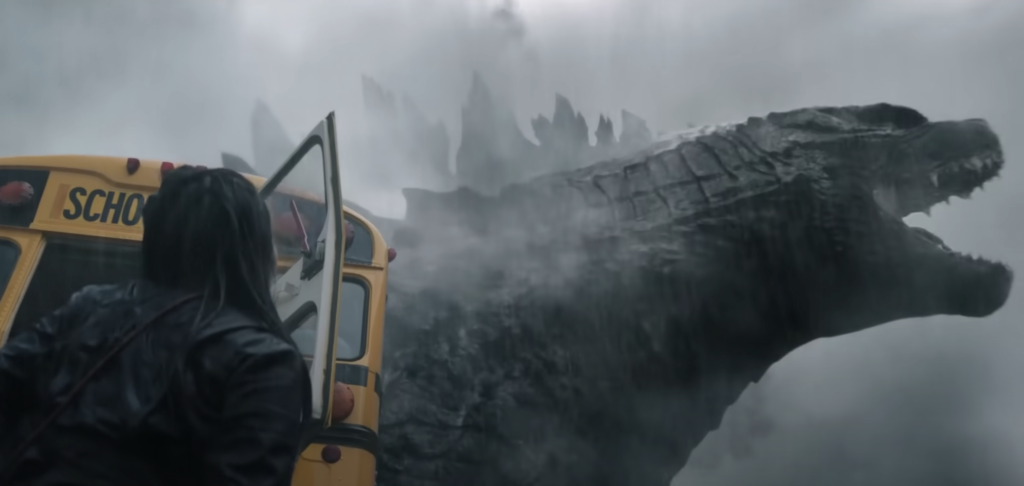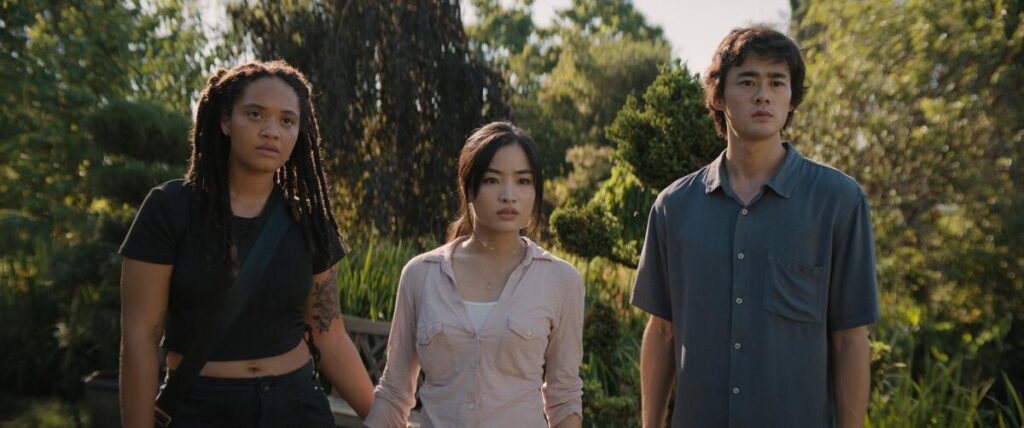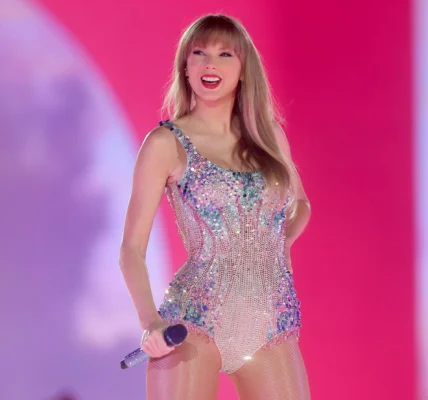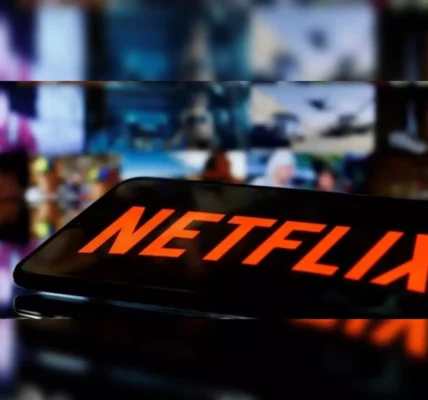Making a whole TV show with human characters is quite daring, since, as we all know, they are usually the least entertaining aspects of any Godzilla movie. That’s basically the plot of the ten episodes of Apple TV+’s new series Monarch: Legacy of creatures, which centers on the individuals there when it was discovered that enormous creatures were on Earth.
This entails tracking several character groupings over two distinct timeframes. A year after the Godzilla attack on San Francisco that was portrayed in the 2014 reboot, Cate (Anna Sawai) and her recently found half-brother Kentaro (Ren Watabe) look into their late father’s ties to Monarch, the enigmatic organization that has been studying the so-called “Titans” for more than fifty years. They recruit the aid of Lee Shaw (Kurt Russell), a guy who previously collaborated with their grandpa during his own Monarch days, and Kentaro’s ex-girlfriend May (Kiersey Clemons).
Wyatt Russell assumes Lee’s role in the timeline set in the 1950s, allowing us to witness another aspect of his past. In that version of events, Lee acts as a go-between for the U.S. Army and his scientific allies at Monarch, Bill Randa (Anders Holm) and Keiko (Mari Yamamoto). (If you saw the 1973-set Kong: Skull Island in 2017, you may have met John Goodman’s elder Bill.)
Here’s everything you need know about how the MonsterVerse came to be and how Monarch, in its finest form, takes the series back to its origins.
The franchise’s beginnings

2014 saw the release of Godzilla remake, which seemed like a chance to start again. At that point, there were already around to thirty film adaptations of the eponymous kaiju, dating back to the character’s 1954 debut. Toho Co., Ltd. was the Japanese company that produced and distributed the great majority of the films. However, since Roland Emmerich’s 1998 effort, a critical flop that underperformed domestically, no American distributor has really taken a bet on Godzilla. An ambitious American filmmaker saw this as their opportunity to add their personal touch to the classic “King of the Monsters.”
Though it is far less extensive than the Marvel Cinematic world, the American franchise has developed into a full-fledged shared fictional world at Warner Bros. in the nine years following the critical and commercial triumph of Gareth Edwards’ Godzilla. In addition to bringing the well-known ape into the fold, Kong: Skull Island introduced the concept of the Hollow Earth, a subterranean habitat where Titans lived freely and grew to enormous sizes as a result of continuous radiation. The ethereal location made an appearance in Godzilla: King of the Monsters in 2019, which served as a prelude to Godzilla vs. Kong in 2021, the first true series finale. Consider The Avengers. Godzilla x Kong: The New Empire, a follow-up that will go even farther into the Titans’ mythos, is scheduled for release the following year. The first TV episode of the MonsterVerse, Monarch, is available in the meantime. (Maybe Agents of S.H.I.E.L.D., I suppose?)
Why the original MonsterVerse film remains the finest

In my opinion, the 2014 movie continues to be the series’ high point. The mix of humanity and monsters gives this movie a true weight that some of the previous movies lack, despite the critics’ constant mantra that “needs more Godzilla!” That’s not to say that the human characters in a Godzilla film transcend the standard stereotype of their kind; after all, not many people are demanding to see protagonist Ford (Aaron Taylor-Johnson) and his family make a cameo, even though their tale of separation and reunion works fairly well on an emotional level.
The feeling of size that filmmaker Gareth Edwards achieves here is very excellent. The seriousness of what it might be like to encounter one of the monsters—Godzilla or one of the two insect-like MUTOs, or Massive Unidentified Terrestrial Organisms—appear in each scene. In order to achieve this, Edwards combines powerful computer graphics with classic Spielbergian formal devices. For example, he begins each scene with a view of little people looking up at the enormous beasts that tower over them, creating a sense of wonder and terror. The characters are always masterfully employed, both visually and thematically, even when they aren’t really “well-written.” In a way, the fact that these individuals resemble cardboard cutouts is the idea; when enormous creatures prowl the planet, people become irrelevant.
With a few exceptions (sorry, King of the Monsters), the most of the MonsterVerse films are at least enjoyable. However, the ongoing attempt to appease those who cry out, “Needs more Godzilla!” has left the films feeling somewhat empty. For instance, Kong appears early and frequently in Jordan Vogt-Roberts’ Skull Island; nevertheless, although this decision provided for a somewhat thrilling spectacle on the surface, it deprived the narrative of tension and perspective. In contrast, every time I see Godzilla under Edwards’ direction, I can’t help but smile and get a bit shook—I’m even seeing it for the third time.
How Monarch manages to channel Gareth Edwards, for the most part

To be truthful, there are moments when watching Monarch makes you want more Godzilla. Even with the longer running duration, not many of the early moments are as humorous as John C. Reilly in Skull Island or as poignant as Bryan Cranston’s recollection of witnessing his wife get swallowed by a crumbling nuclear reactor early in Godzilla. Furthermore, very few of the filmmakers participating have nearly the same level of spectacle expertise as Edwards (or, more specifically, the same level of experience with creature movies, as seen by his 2010 debut Monsters).
However, the large monster scenes and other places also have the essential feeling of size. Furthermore, the show vividly depicts the emotional reality that would persist long after Godzilla slips back into the water by drawing on its ties to the ever-expanding MonsterVerse timeline. For instance, Cate was frequently startled and reminded of her horrific experience on the Golden Gate Bridge during “G-Day” last year during her trip to Tokyo in the first episode. These graphic glances serve as a powerful reminder that, even if you are not unlucky enough to watch school buses full of children falling to their deaths, witnessing a godlike creature demolish your city might still have a profound impact on you.The portrayal of PTSD is far more realistic and vivid than, example, Kyle Chandler’s desire for Godzilla retribution in King of the Monsters.
Monarch is better suited not worrying too much about explicitly addressing events that occurred later in the MonsterVerse chronology. Yes, there are a lot of Easter eggs for the keen-eyed among you, and several sequences are based on events from earlier releases, such as the Godzilla sighting from 1954 at Bikini Atoll that opens the 2014 film. Ultimately, though, Monarch: Legacy of Monsters is compelling because it isn’t afraid to borrow a page from Godzilla and focus on how people react to tragedy. Largeness, after all, only has significance when compared to something little.




